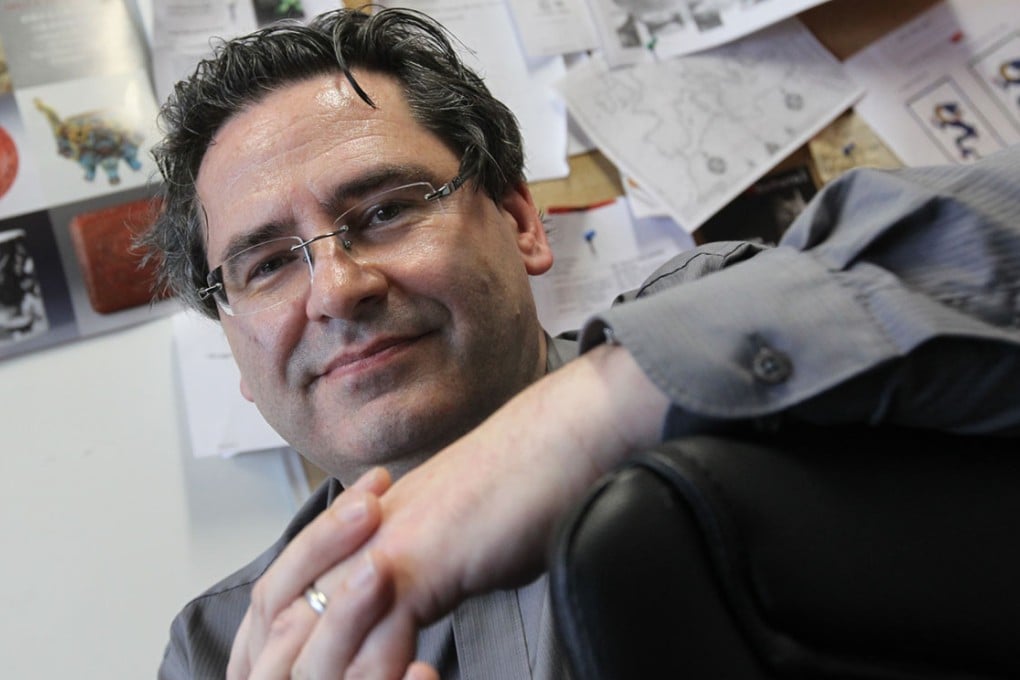Let's not rely on luck when it comes to unexploded bombs
A risk management system would reduce chance of second world war legacy causing tragedy

Last month, a 36kg unexploded bomb was discovered in North Point, left by the Japanese at the end of the second world war.
The police used 100 sandbags to effect a controlled explosion. Nevertheless, debris was flung 100 metres and it created a three-metre-deep crater.
In February, a 900kg American bomb discovered in Happy Valley was successfully defused by the police.
But in January, construction workers in Germany were not so lucky. Their mechanical digger struck a British bomb, which exploded, killing one person, injuring 13 others and damaging buildings 300 metres away.
Hong Kong's struggle in the second world war involved the use of ordnance - aircraft bombs, artillery, grenades and other types of ammunition - manufactured by the British, Japanese, Americans and Chinese.
After the war, one of the first jobs for the British on returning to Hong Kong was to clear the harbour of the 50-odd shipwrecks. Resources were not available for a general clearance of unexploded ordnance (UXO) and the efforts made at that time were less than optimal.